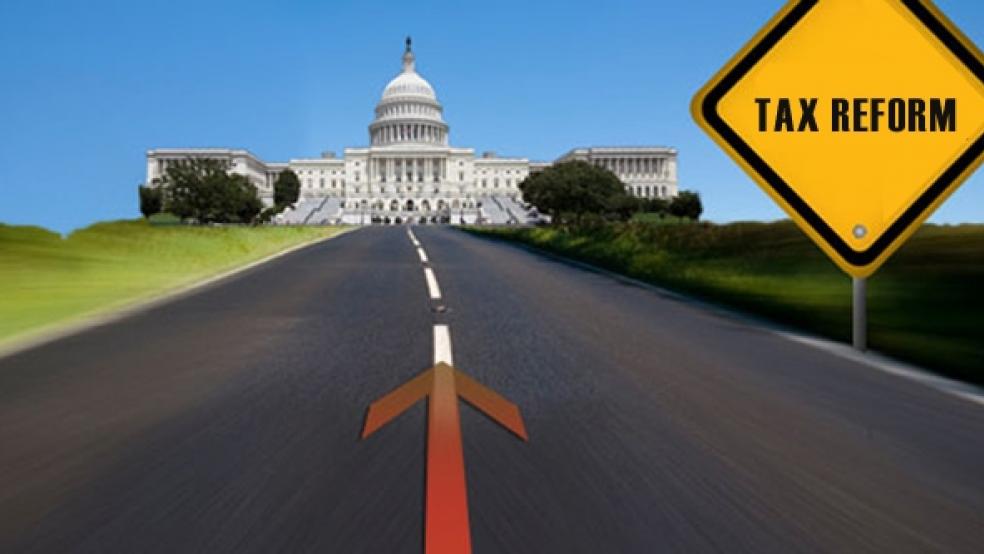It’s been just five days since the Trump administration released its framework for tax reform, but some analysts and observers are already pointing to signs that the plan is, in the words of budget wonk Stan Collender, “in deep trouble.” Here are a few reasons why:
1. The economic argument for a tax cut right now isn’t clear. Republicans insist that tax cuts will unleash stronger economic growth and spur companies to hire more workers. That argument, as you’ll see below, is iffy at best, and the idea that the U.S. economy can be pumped up to grow at long-term rates “substantially over 3 percent” — or as high as 6 percent, according to Trump — won’t find much support from economists. “With unemployment already low and GDP growth now approaching 3 percent, the kind of demand for a federal government-provided stimulus that would exist if there were a downturn or recession just doesn't exist,” Collender writes.
Like What You're Reading? Sign Up for Our Free Email
2. The politics may make it tough to round up the necessary votes. Without a rock-solid economic case, some GOP lawmakers may find it easier to break with leadership given the projected fiscal and economic effects of the tax changes. Already, Republican representatives from states where taxpayers would be hurt by the elimination of the deduction for state and local taxes are making their displeasure clear, with $1 trillion in federal revenue over 10 years at stake. And on the fiscal front, Sen. Bob Corker said Sunday that he wouldn’t back a tax plan if it looked like it would add “one penny to the deficit” according to “reasonable” estimates of the plan’s economic effects.
3. The lack of details is hurting. The “Big Six” budget negotiators purposely left many thorny details for lawmakers to hash out, hoping to delay the inevitable backlash from lobbyists. Instead, the lack of a fully formed plan has made it hard for the administration to push back against criticism based on what’s been released so far — like the Tax Policy Center analysis released Friday that found that the wealthy would get a large windfall under the plan. “As the last several days have demonstrated, the GOP’s lack of specificity is making it easy for Democrats to fill in the blanks — and tag the package as a sop to the rich,” The Washington Post’s Tory Newmyer writes.
4. The details that are out there aren’t helping much. The plan would lower the top tax rate from 39.6 percent to 35 percent while allowing for an unspecified new top rate on the highest earners. It would also cut rates on businesses and eliminate the Alternative Minimum Tax and the estate tax. The Tax Policy Center analysis found that a sizable share of taxpayers earning between $50,000 and $300,000 would pay more under the plan. While administration officials and supporters have blasted the TPC analysis, their defense rests on the notion that the plan is unfinished and that Trump‘s true goal is a middle-class tax cut. But what’s out there right now makes it hard to argue that the plan will provide a path to a “middle class miracle,” as Trump has claimed.





